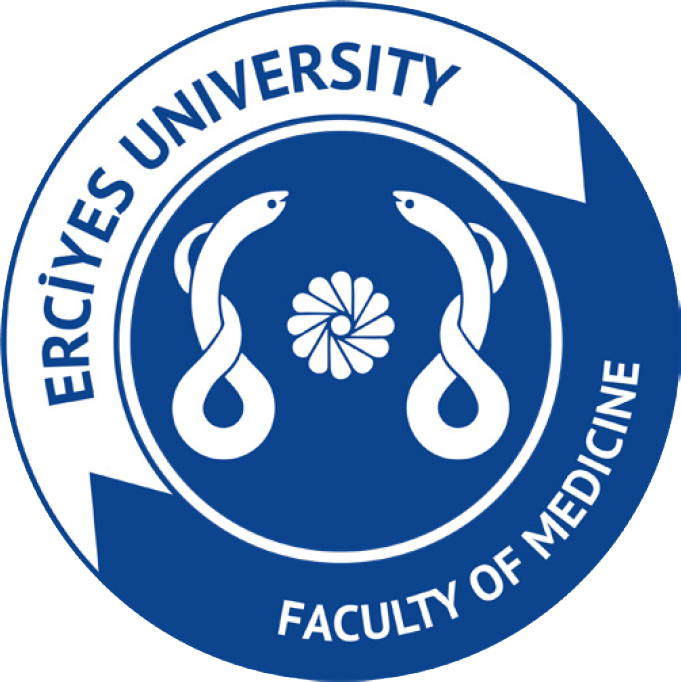2Department of Medical Microbiology, Sivas Cumhuriyet University Faculty of Medicine, Sivas, Türkiye
Abstract
Objective: This study aimed to evaluate the performance of the Rose Bengal test (RB), serum agglutination test (SAT), and Coombs test (CT) in samples suspected of brucellosis, analyze the seasonal distribution, examine the relationship with Crimean-Congo hemorrhagic fever (CCHF), which is frequently observed in our region, and determine the seroprevalence of brucellosis in the area.
Materials and Methods: A retrospective analysis was conducted on 12,279 brucellosis-suspected samples submitted from various clinics between 2017 and 2021. RB, SAT, and CT tests were performed, and results were analyzed concerning seasonal and yearly distributions as well as factors such as age and gender differences.
Results: Among the 12,279 RB tests conducted, 281 (2.3%) were positive, and 11,998 (97.7%) were negative. Of the positive results, 96 samples were positive for both RB and SAT, while 185 were RB positive but SAT negative. CT provided positive results in 101 out of 185 cases with discordant RB and SAT results. The seroprevalence rate was 1.5%, with higher rates observed among males and during the spring and summer seasons. A notable increase in seropositivity was observed during the pandemic.
Conclusion: This study highlights the annual and seasonal distribution of brucellosis and differences across age and gender groups. The Coombs test played a crucial role in resolving cases with discordant RB and SAT results. A rise in brucellosis cases during the pandemic was noted, with significant co-infections involving CCHF.
Graphical Abstract



